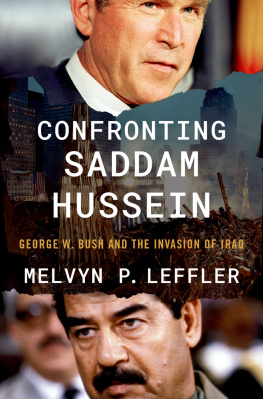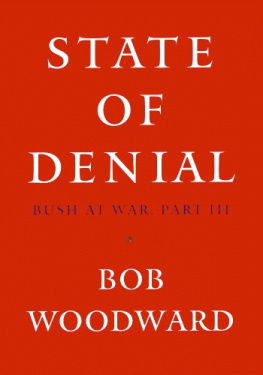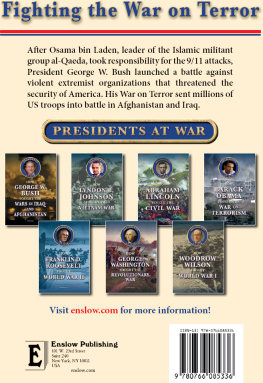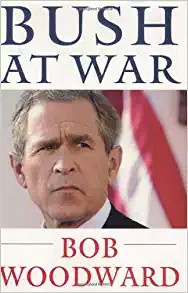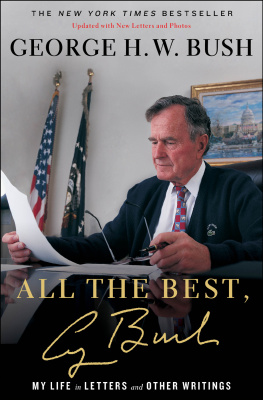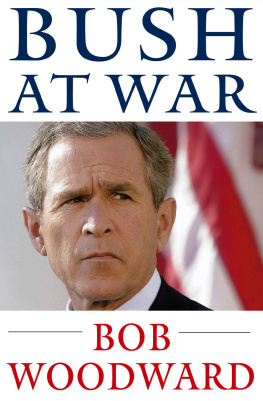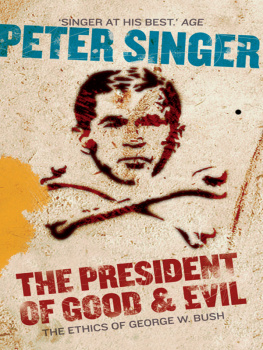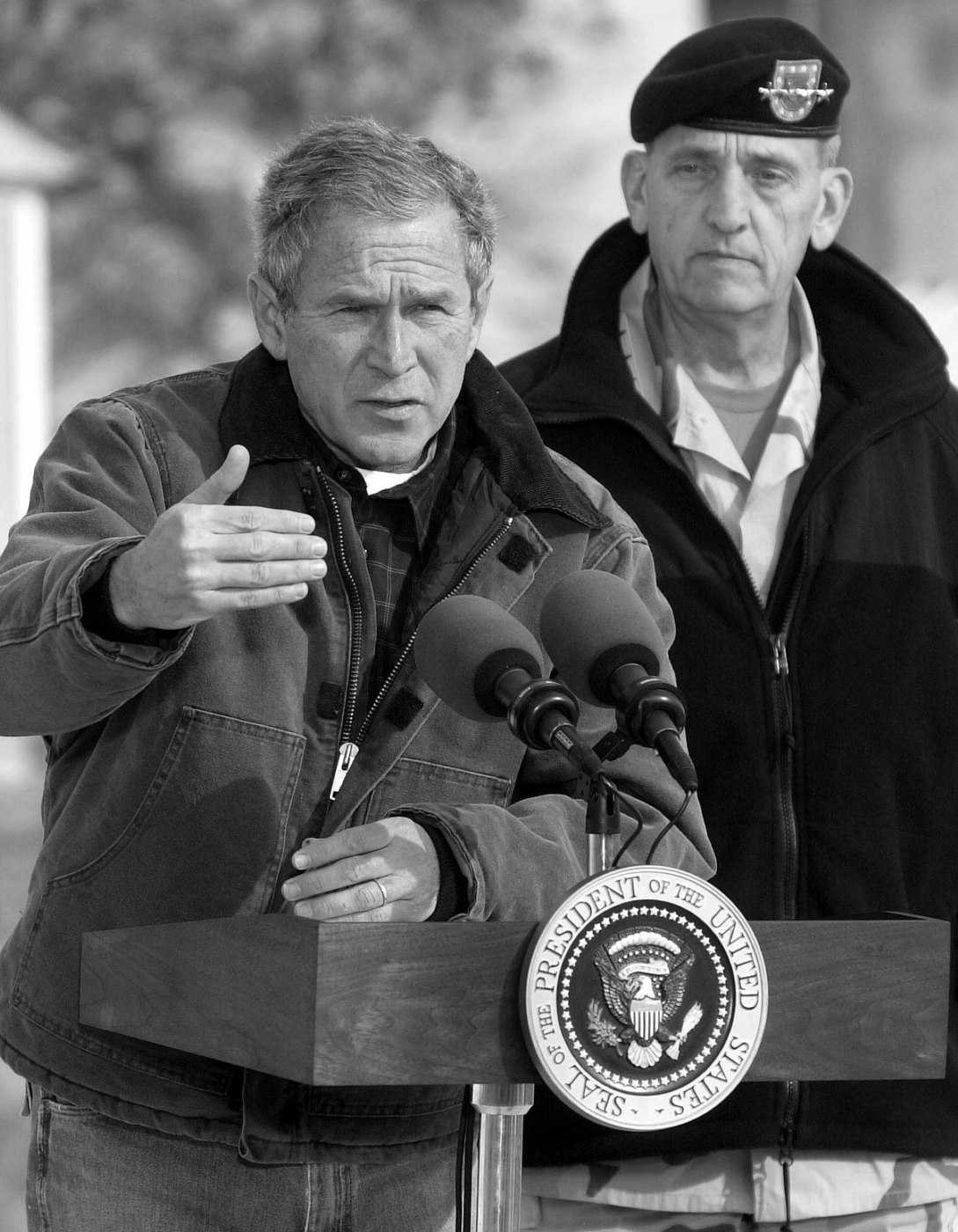
1. President George W. Bush with General Tommy Franks, after the first major Top Secret war planning session on Iraq in Crawford, Texas, on December 28, 2001. We have made a start, Franks told an aide afterward.
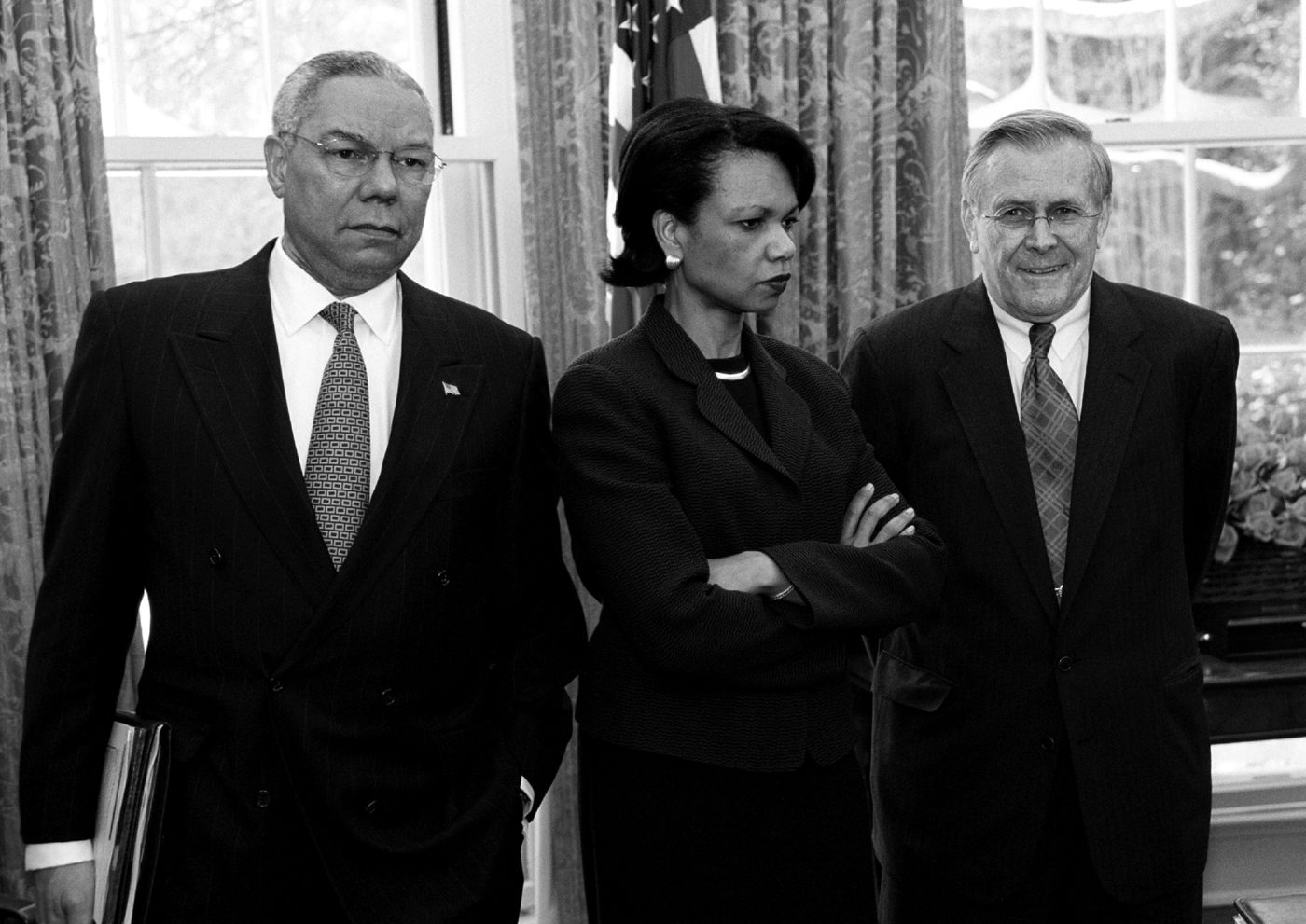
2. Secretary of State Colin Powell, National Security Adviser Condoleezza Rice and Secretary of Defense Donald Rumsfeld. One of Rices jobs was to read the secretaries and referee their frequent tussles. Rice had more access to Bush than anyone.
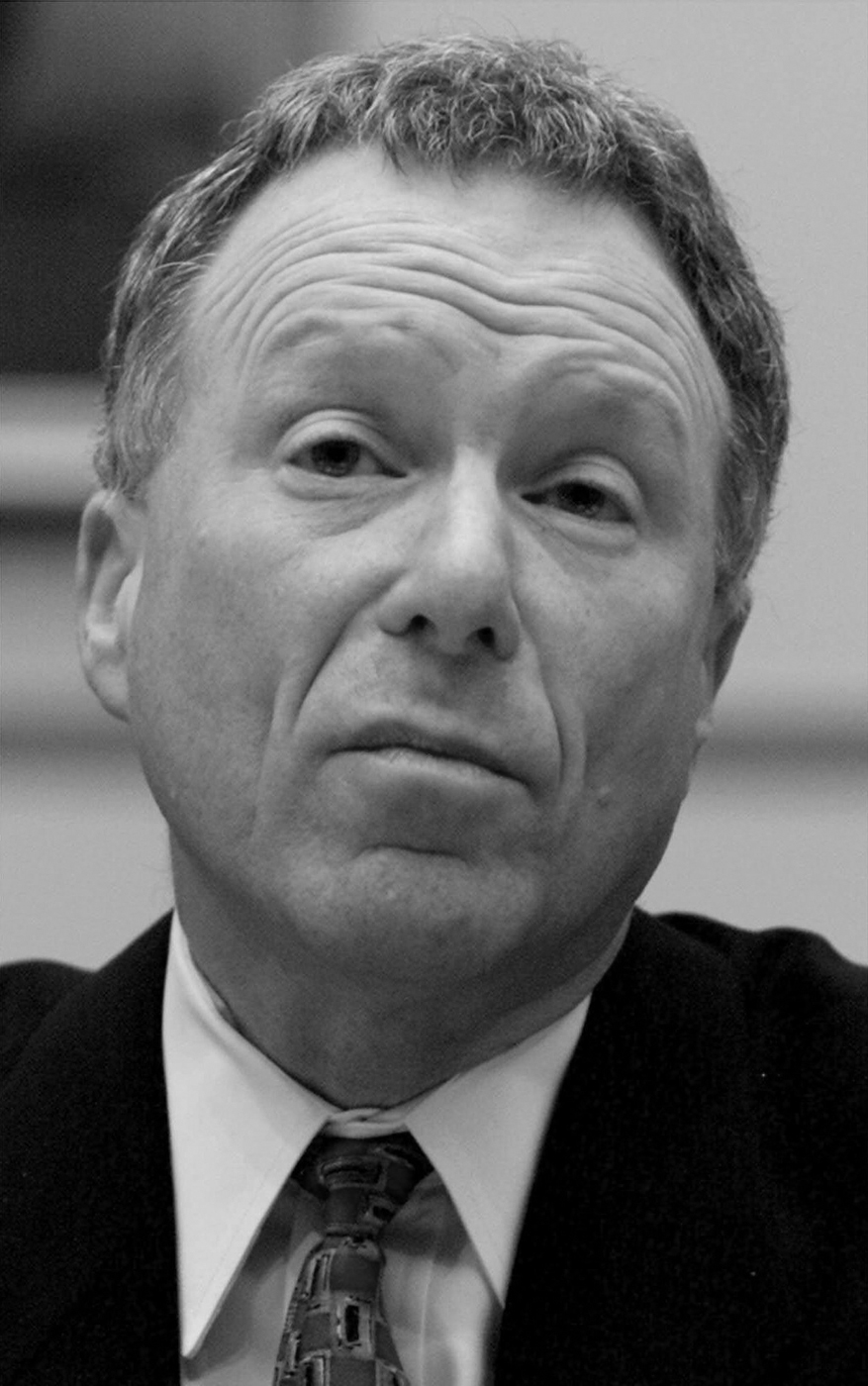
3. Lewis Scooter Libby, Vice President Cheneys chief of staff, held three titles in the administration and was a force multiplier for Cheneys agenda.
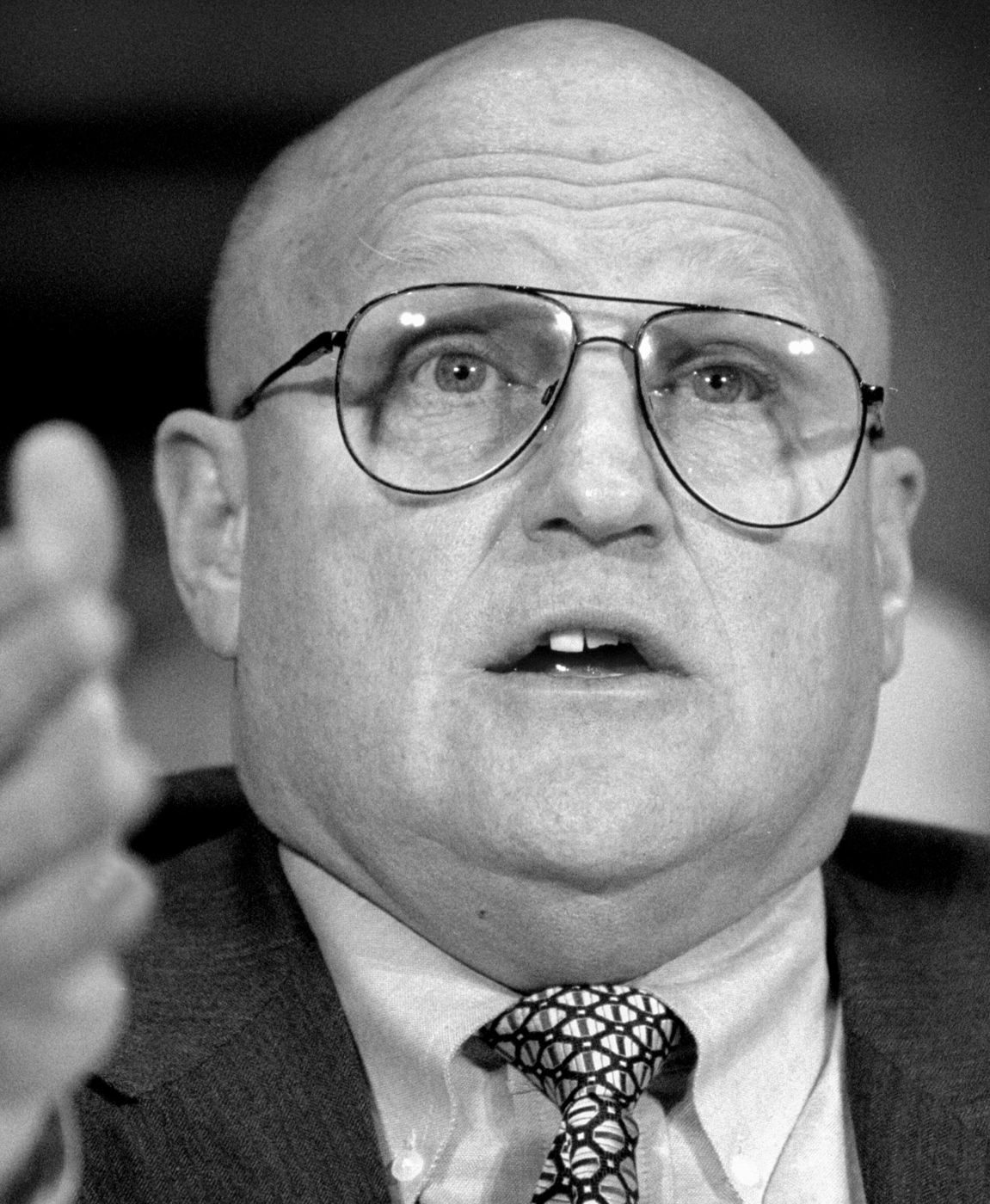
4. Deputy Secretary of State Richard Armitage told National Security Adviser Rice that the NSC system was dysfunctional.
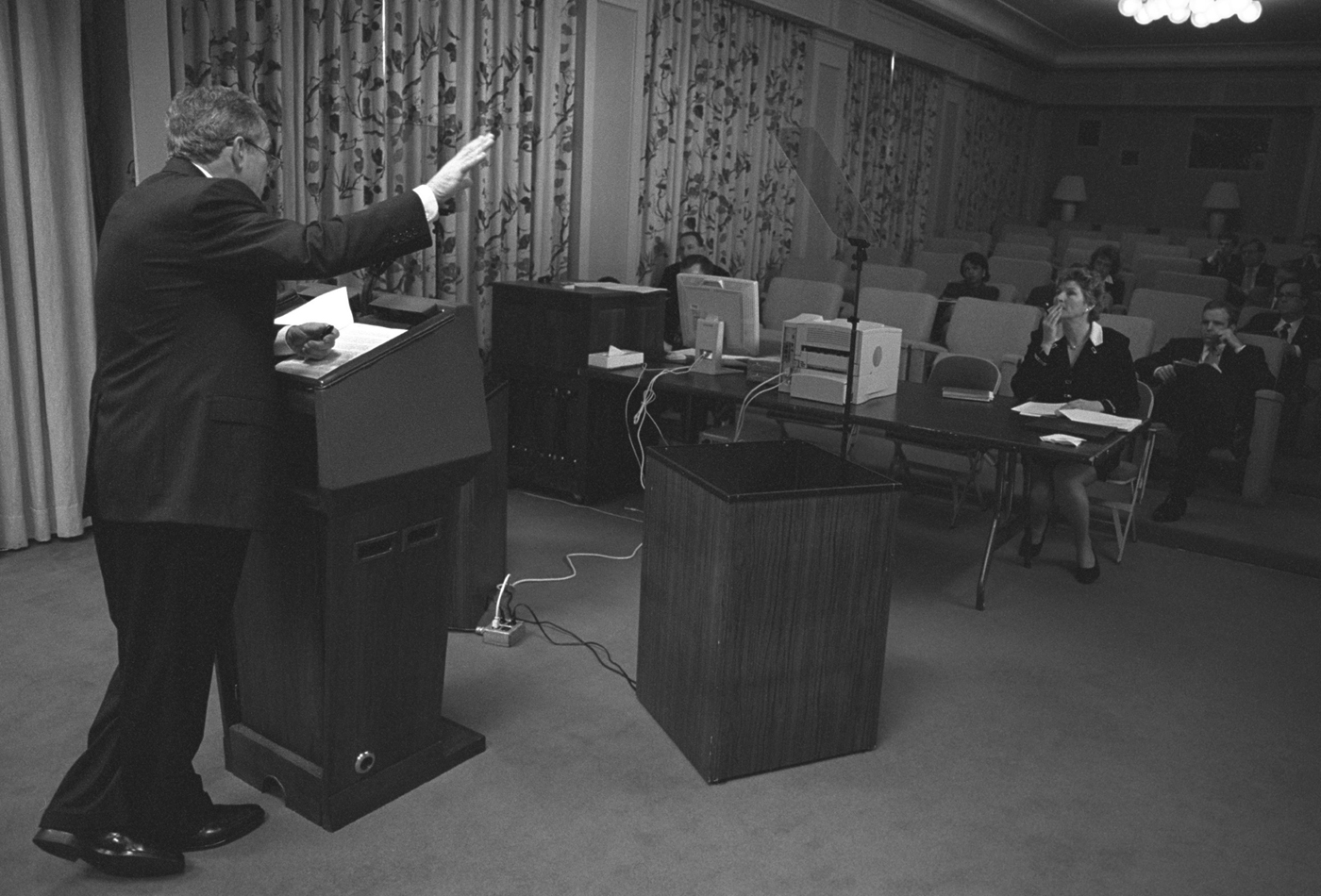
5. Bush rehearsing his January 2002 State of the Union speech that declared Iraq, Iran and North Korea part of an axis of evil. White House counselor Karen Hughes and other aides listen. Bush didnt expect it would be such a defining phrase.
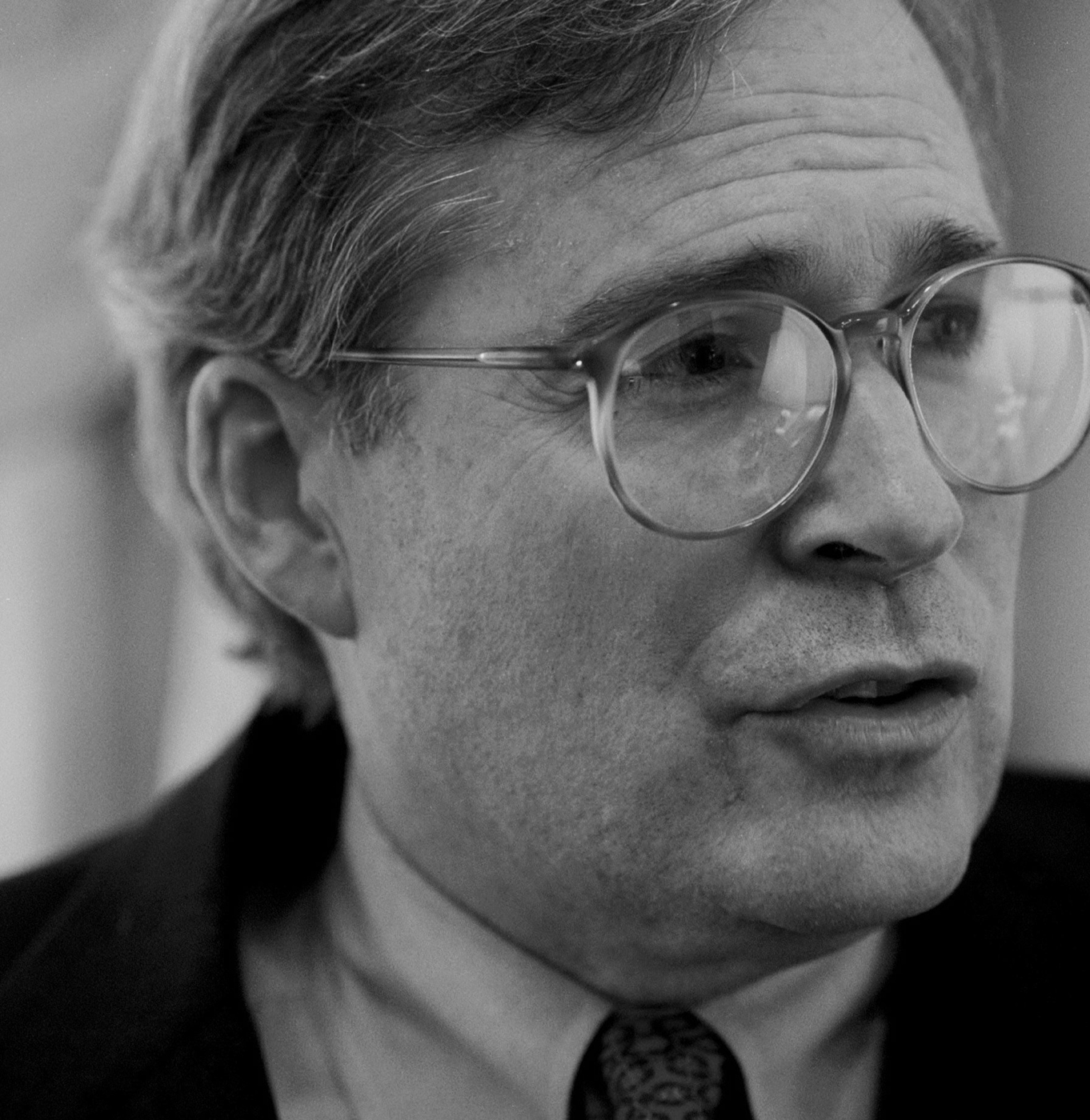
6. Steve Hadley, the deputy national security adviser, chaired the deputies committee and took on the task of coordinating postwar planning.
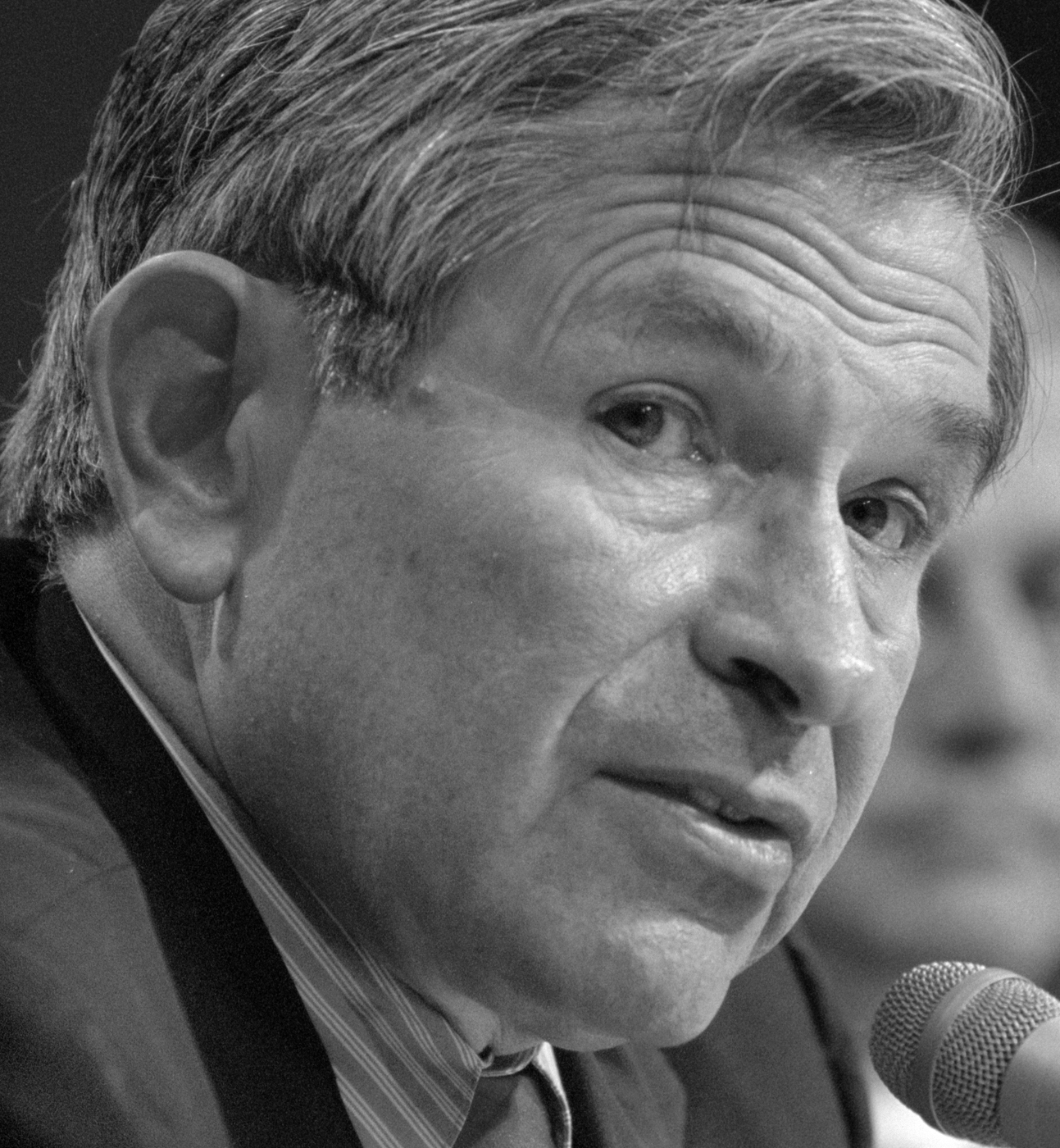
7. Paul Wolfowitz, the deputy secretary of defense, was one of the intellectual godfathers for ousting Saddam Hussein by force.
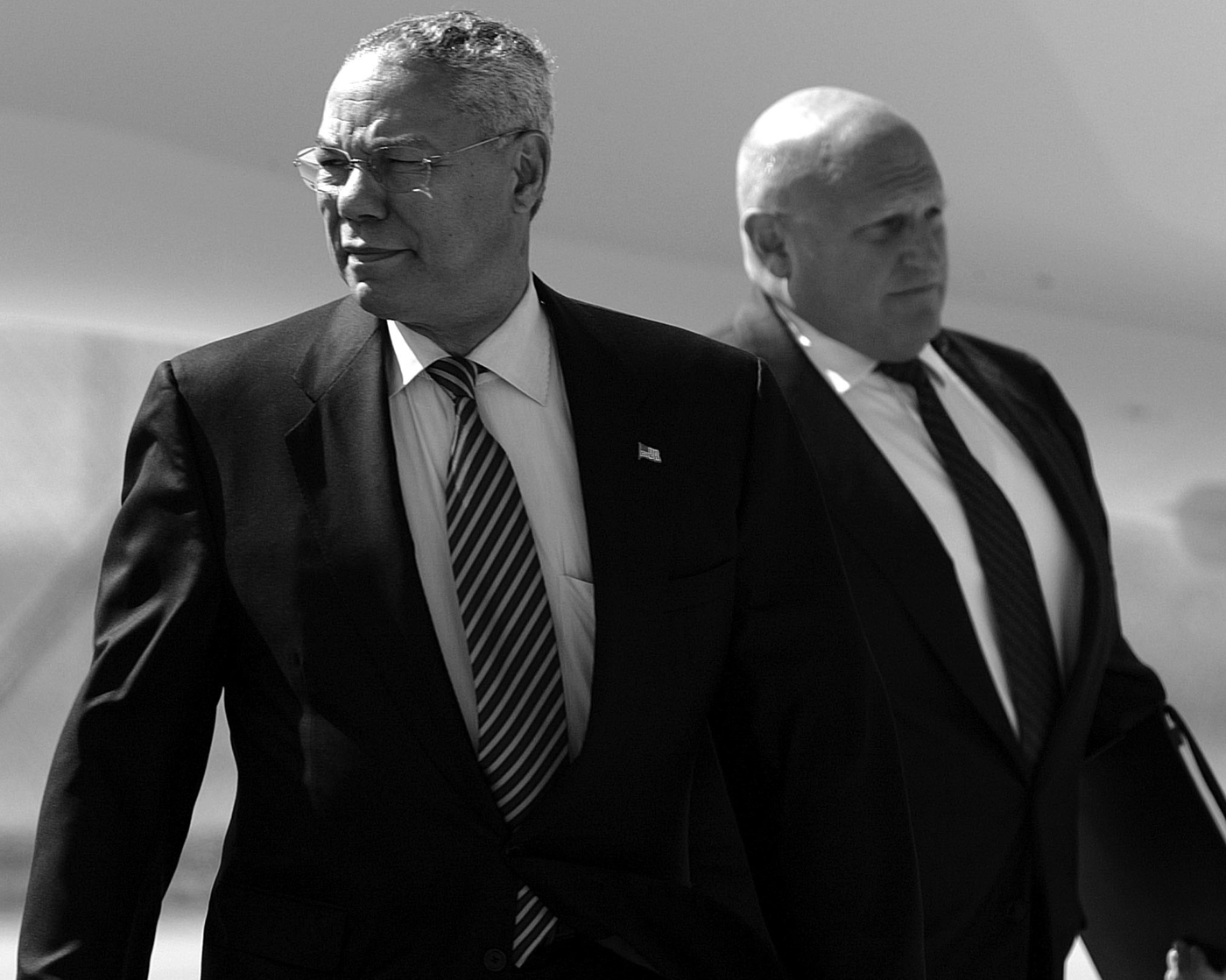
8. Powell and Armitage, watching the war planning intensify over the summer of 2002, warned of the consequences of war and occupying Iraq, calling it the Pottery Barn rule: You break it, you own it. Powell was frequently in the icebox with the White House.
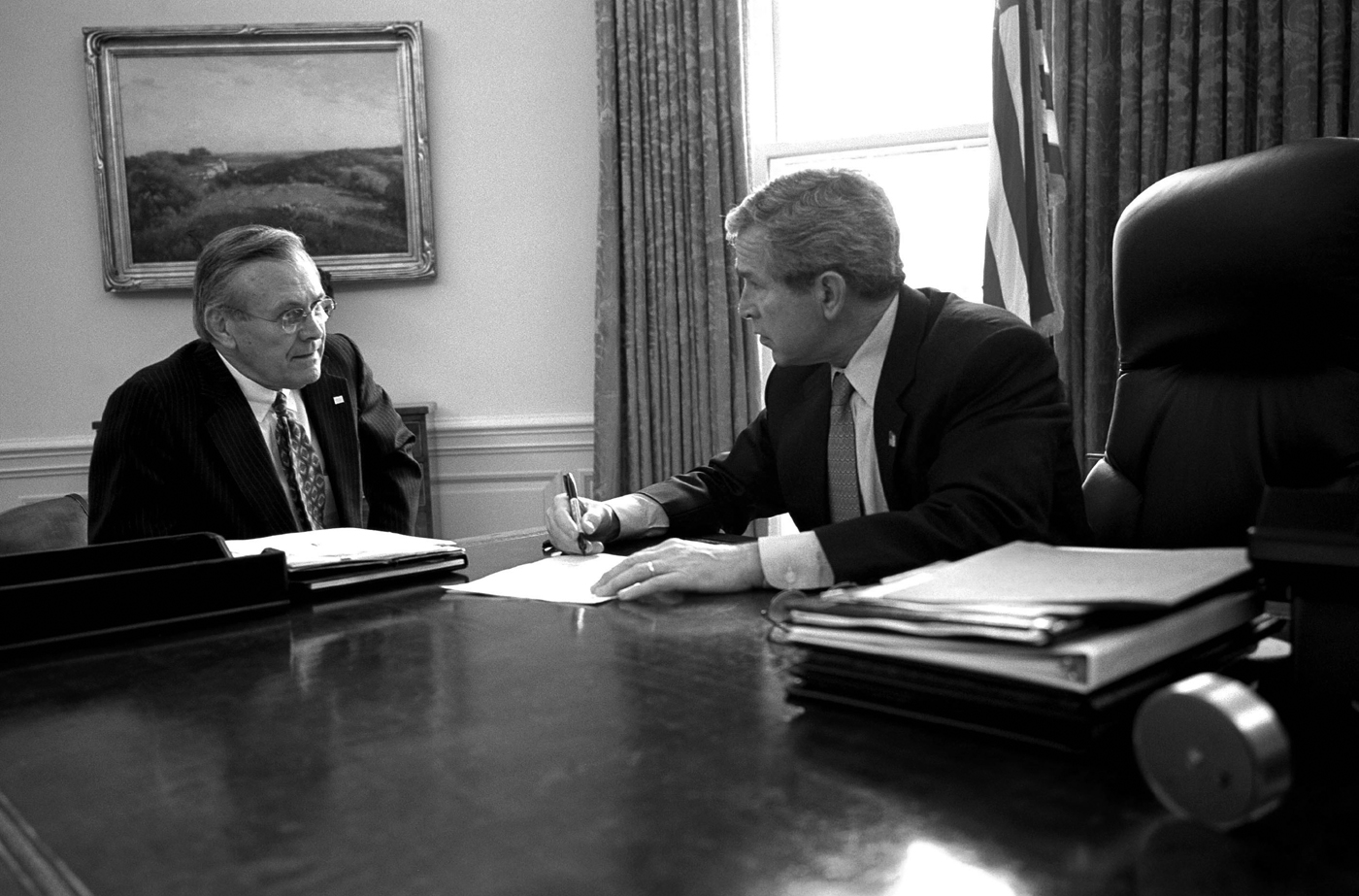
9. Rumsfeld met regularly with Bush in private to review plans, concerns and decisions on Iraq. The invasion plans changed almost monthly for over a year.

10. White House Communications Director Dan Bartlett (left), Rice and speechwriter Michael Gerson review a State of the Union draft with Bush in the Oval Office. This president made policy in his speeches and often went through two dozen or more drafts.

11. Vice President Dick Cheney, in a speech to the Veterans of Foreign Wars at their convention on August 26, 2002, said there is no doubt Saddam has weapons of mass destruction.
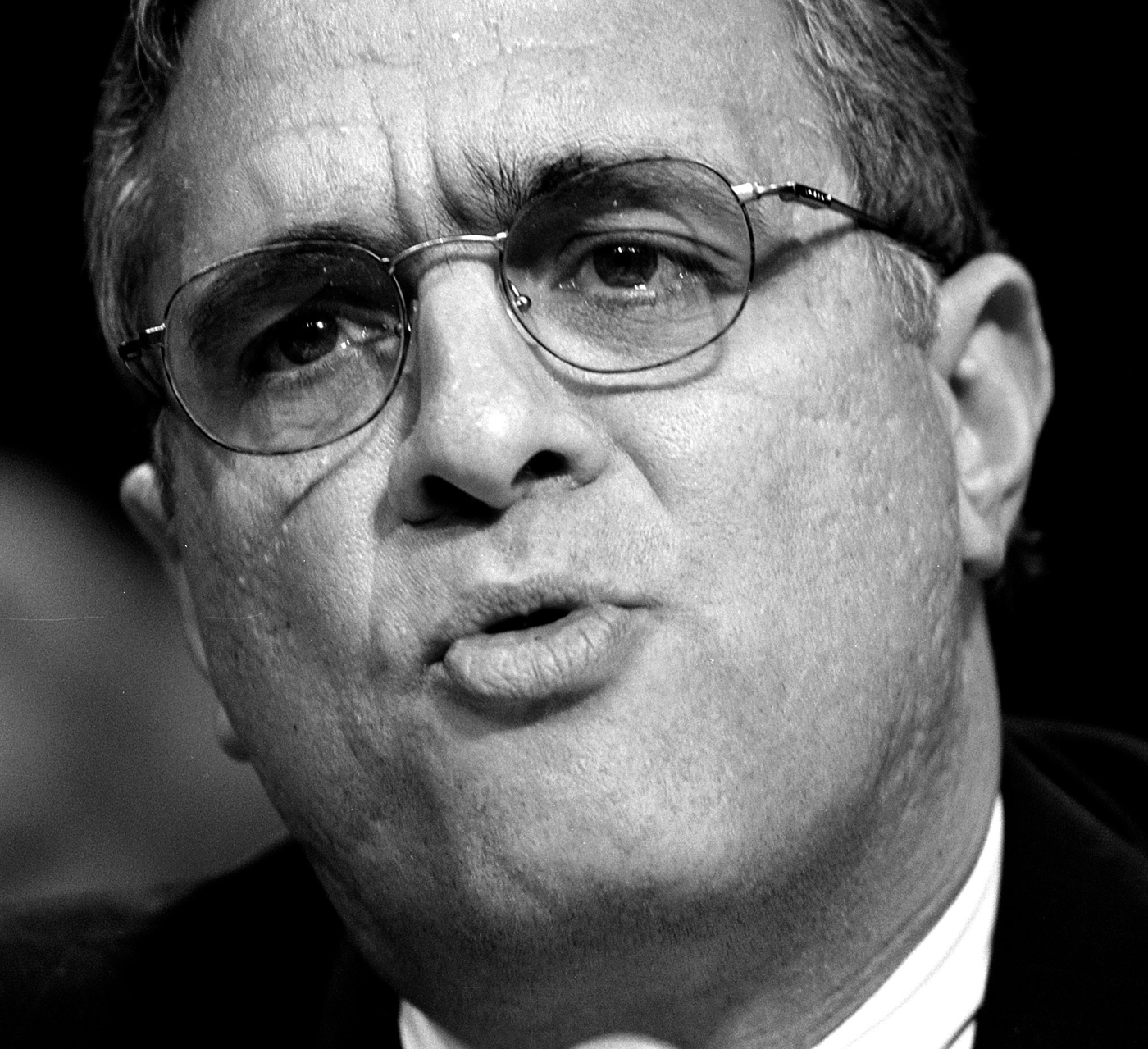
12. CIA Director George Tenet called the WMD case on Iraq a slam dunk.
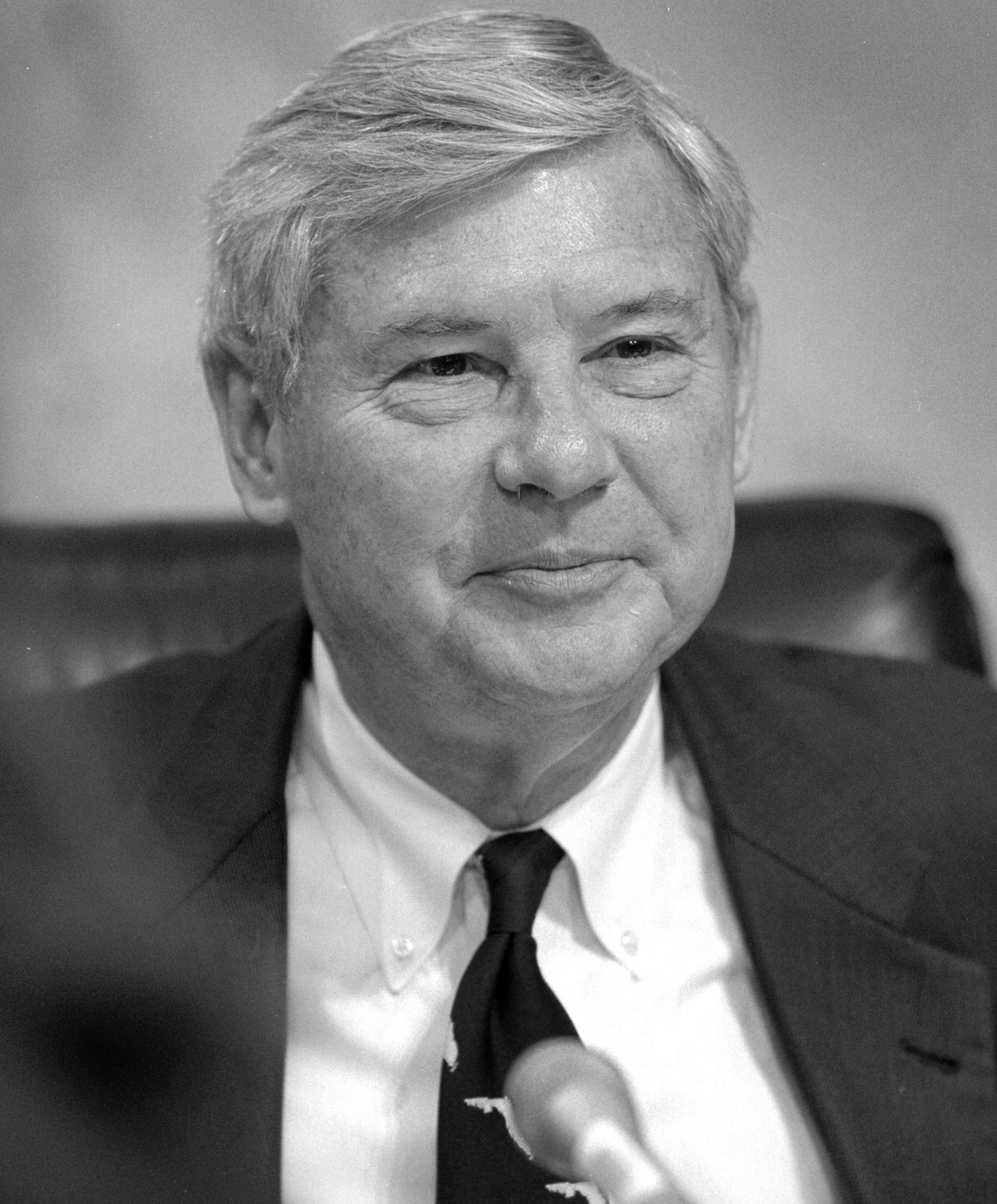
13. Senator Bob Graham, the Florida Democrat who chaired the Intelligence Committee, opposed the congressional resolution authorizing the presidents use of force in Iraq.

14. Rumsfeld and Franks on Capitol Hill with Democratic Senator Carl Levin of Michigan, who also voted against the war resolution.
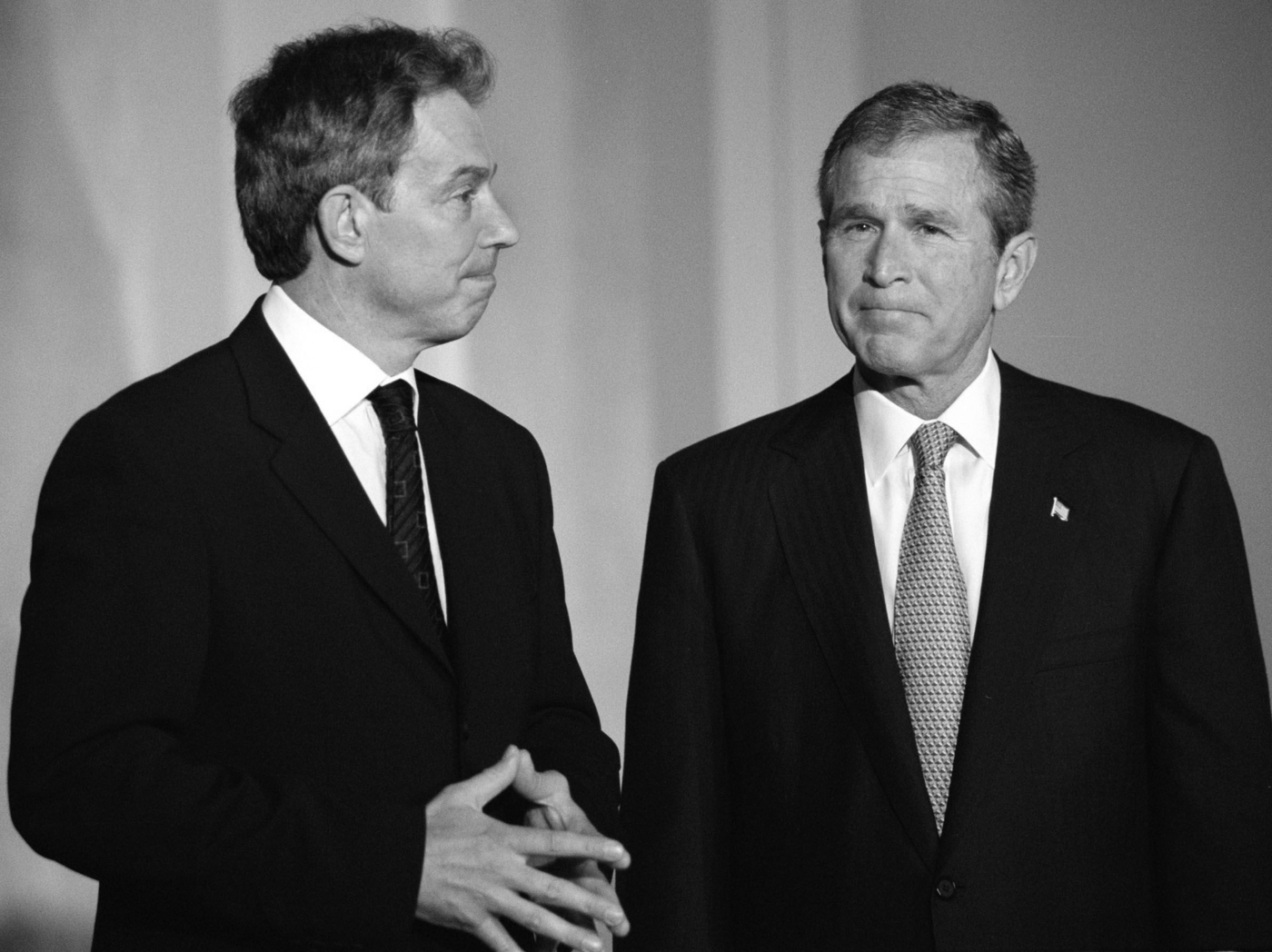
15. British Prime Minister Tony Blair pledged in September 2002 to support President Bush on Iraq. Your man has got cojones, Bush told Blairs aides after the meeting.
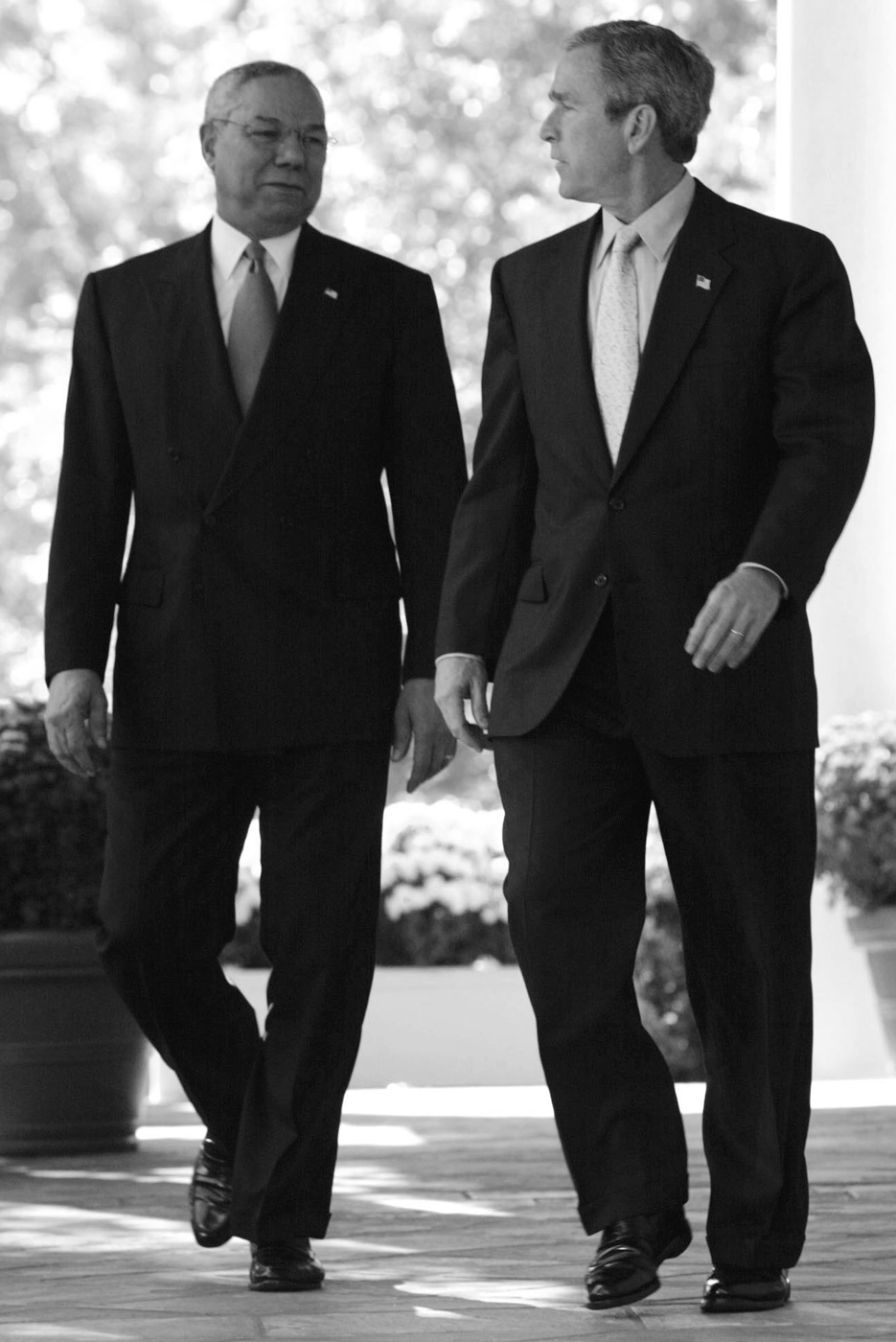
16. Powell and Bush on November 8, 2002, after the U.N. Security Council unanimously passed Resolution 1441 calling for new weapons inspections in Iraq.

17. Spanish President Jos Mara Aznar, who supported military action, assured Bush, You can always see a mustache next to you.
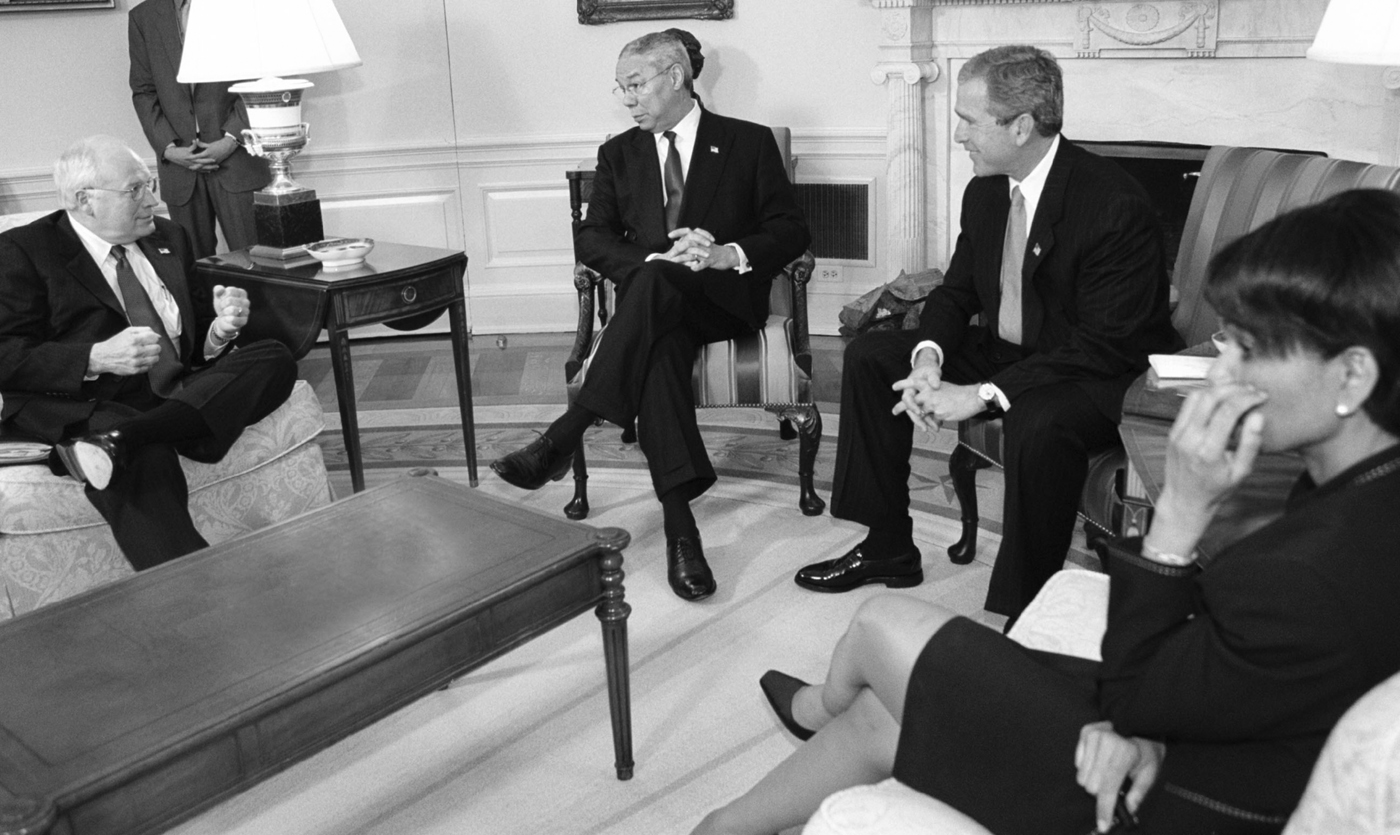
18. Cheney, Powell, Bush and Rice during a light moment in the Oval Office.
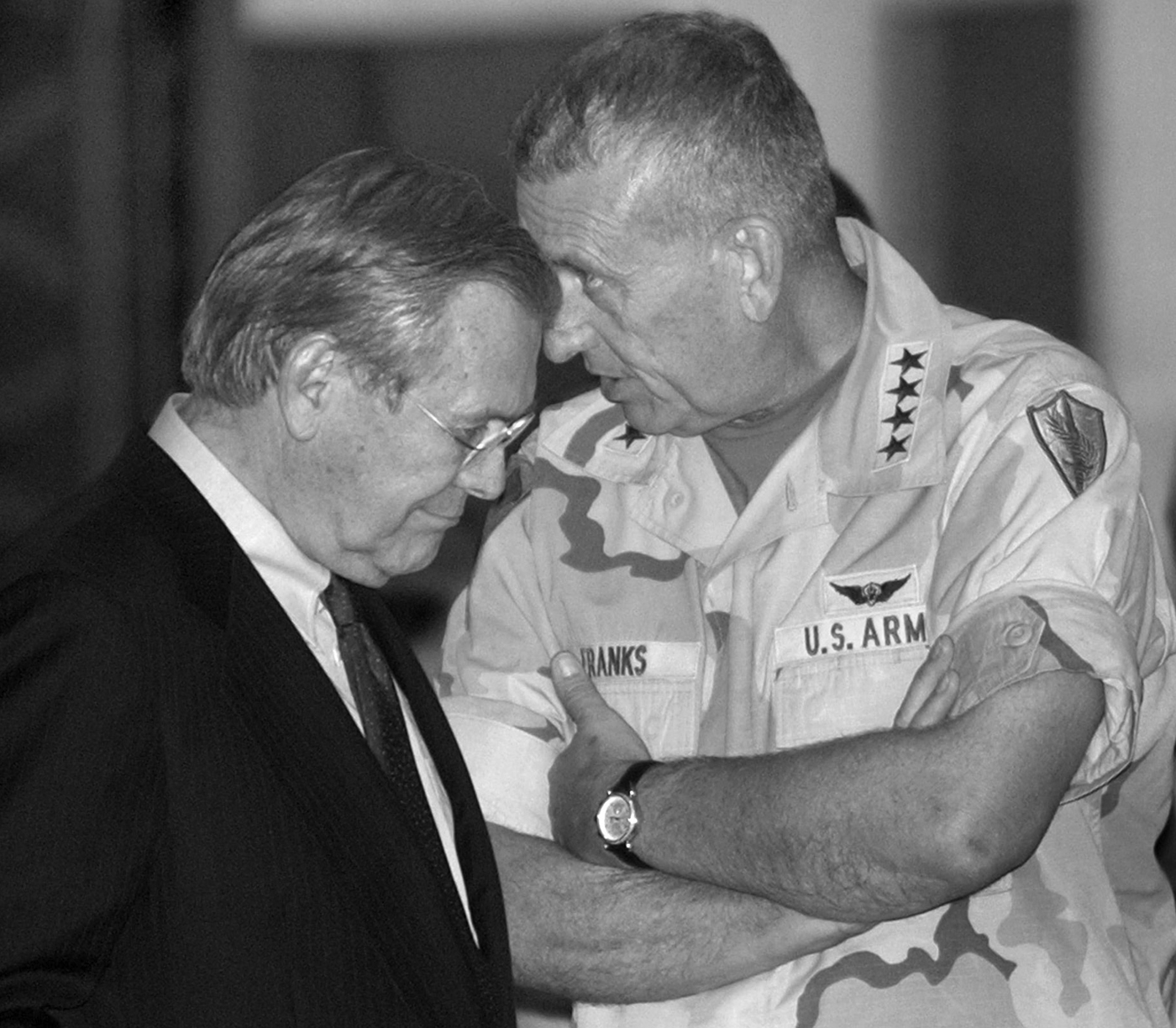
19. Rumsfeld was challenged by Franks during the Afghanistan warIm either the commander or Im not, the general saidbut the two found their way and forged a bold new war plan for Iraq.
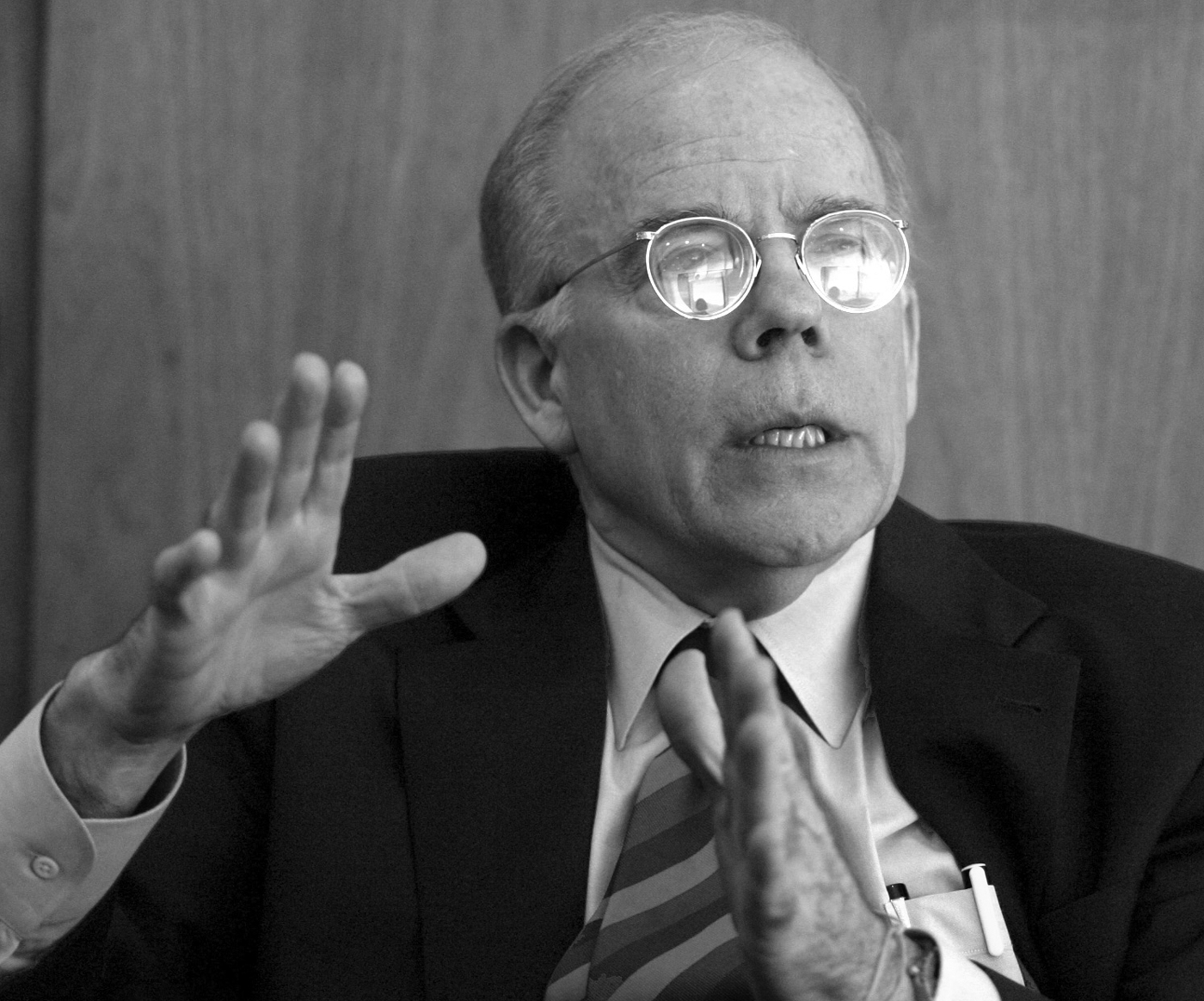
20. Deputy CIA Director John McLaughlin, a cautious analyst whose Top Secret presentation in the Oval Office on Iraqi WMD during December 2002 did not impress Bush as persuasive.
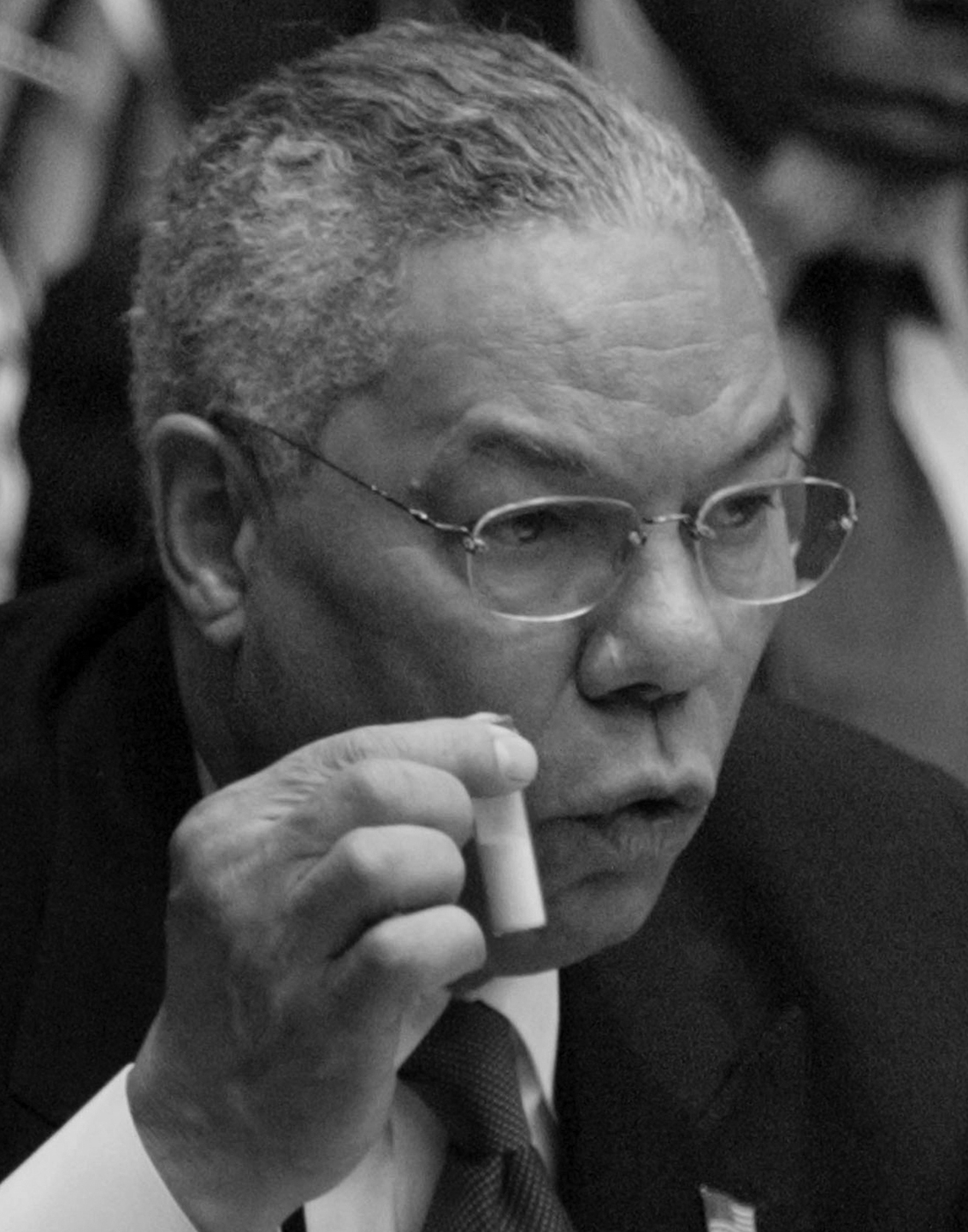
21. Powell, holding a simulated vial of anthrax, makes the case for war to the U.N. Security Council on February 5, 2003.
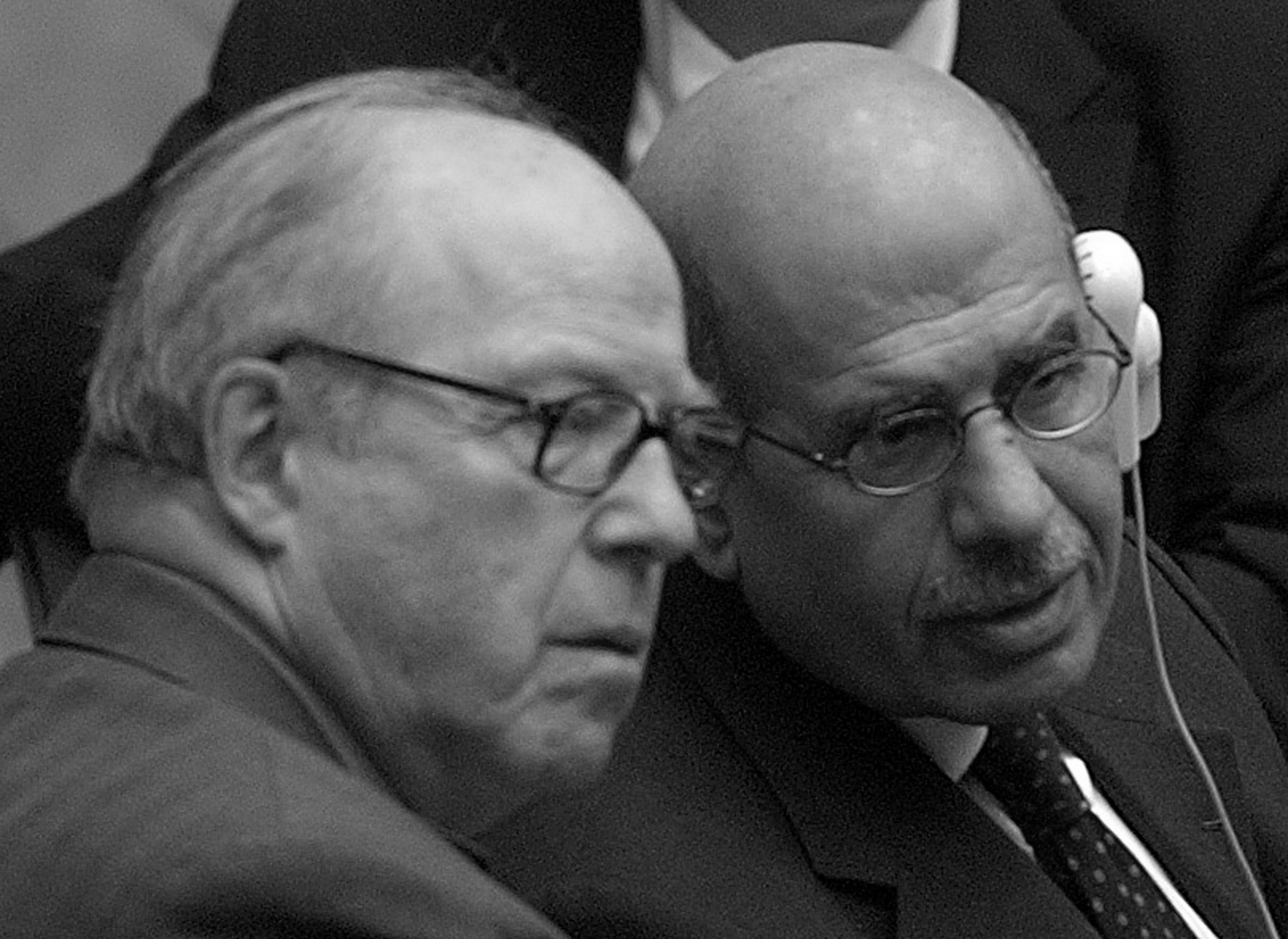
22. Hans Blix (left) and Mohamed ElBaradei, the chief U.N. weapons inspectors.
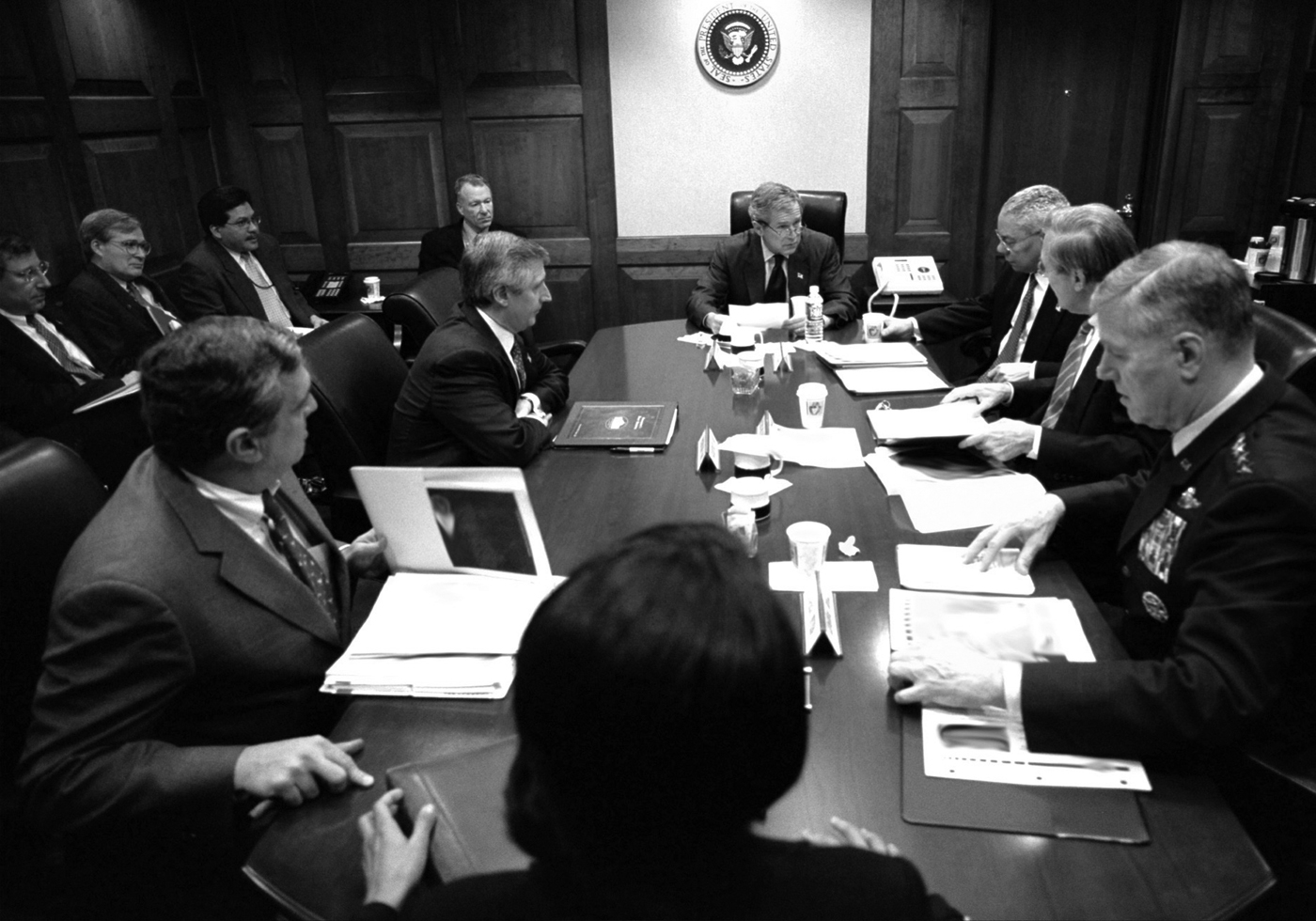
23. The war cabinet meets in the White House Situation Room. Seated at table, from left: George Tenet, White House Chief of Staff Andrew Card, President Bush, Colin Powell, Donald Rumsfeld, Chairman of the Joint Chiefs of Staff General Richard Myers and Condoleezza Rice. (Cheney is not present.) Along the wall, from left: Frank Miller, the director of the National Security Council staff for defense, Steve Hadley, White House Counsel Alberto Gonzales and Scooter Libby.
Next page
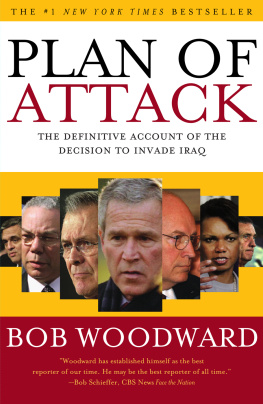
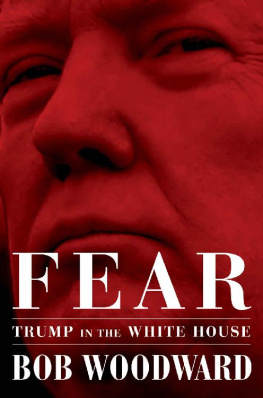



![Woodward - State of Denial: Bush at War: [Part III]](/uploads/posts/book/211038/thumbs/woodward-state-of-denial-bush-at-war-part-iii.jpg)

